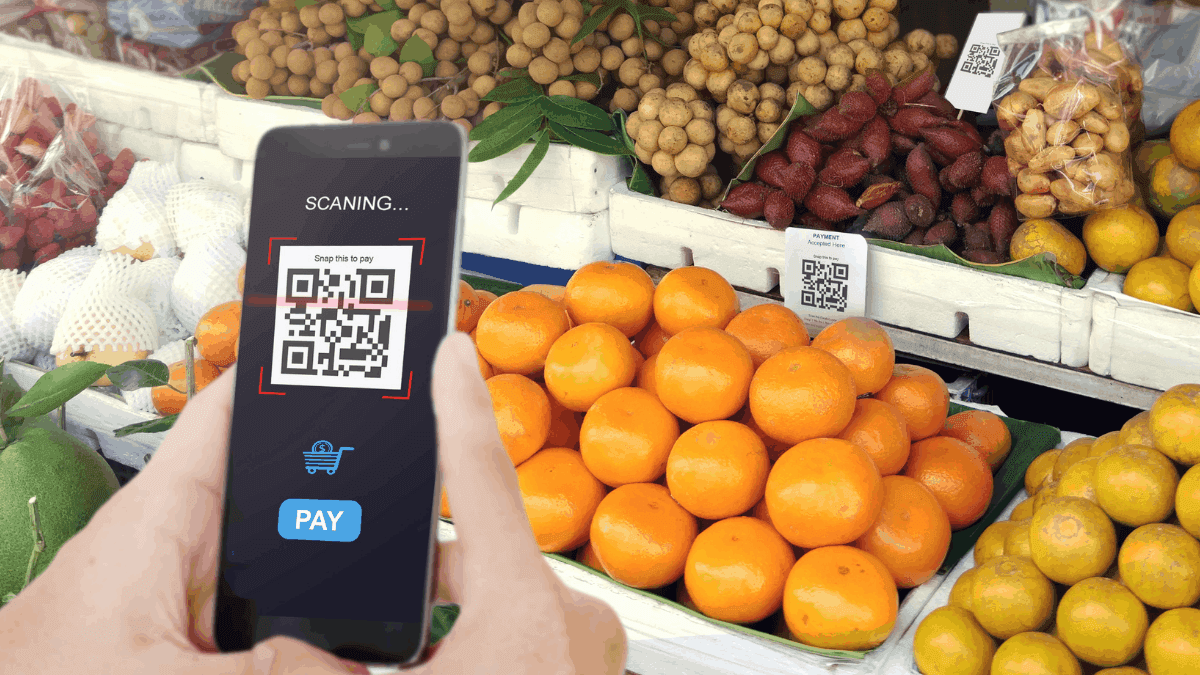Shopper behaviour defined how businesses responded to COVID-19, with hygienic service and payment practices among the quickest areas to transform in order to meet changing customer expectations.
Independent research commissioned by Adyen, shows that even as we emerge from the pandemic, consumers want the pleasure of making a purchase without worrying about their safety. They also expect businesses to meet the continued hygiene standards mandated by their governments and industry bodies.
So, what does this mean for businesses looking to obtain greater trust, and the repeat patronage of their customers in this next normal? The answer may well lie with contactless payments.
The current state of contactless payments
Contactless payments have come a long way from simply tapping your card on a terminal. Nowadays, near field communication (NFC) technology also supports digital wallets and unified commerce, blurring the lines between digital and physical transactions so a customer can move seamlessly between the two. Crucially, they remove the need for consumers to dig through their physical wallets, reducing friction and enabling faster transactions to help them comply with safe distancing regulations. These newer channels of payments also provide businesses with the data needed to kick-start internal transformations, encourage customer loyalty and aid in navigating any unforeseen risks.
Engaging with a new age of customers
Given the ongoing impact of the pandemic, businesses need to align with consumer and societal desires when assessing their current sales strategies. According to Adyen’s Agility Report, 50 per cent of Australians are concerned about the hygiene of payment terminals and would prefer contactless payment methods. Just over a third (37 per cent) want retailers to introduce apps so they can self-checkout, and 48 per cent want retailers to use in-store technology to reduce physical contact. Contactless payments are now the method of choice for half of all consumers surveyed and most want to see businesses make use of technology to reduce the need for contact.
Concerns around hygiene are expected to remain top of mind over the next year, especially as the nation continues to respond to the impacts of COVID-19. However, with six in ten Australians expecting retailers to adapt and offer new ways of engaging with customers, this is a perfect opportunity to boost customer devotion by simply meeting the sanitation requirements, and offering updated payment methods. This includes payments within physical bricks and mortar stores, as well as a range of options like endless aisles (browsing full inventory online and having the merchandise delivered in-store or to the customer), pay by link, or buy online and return in-store.
Some may question whether the in-store experience is still important to today’s consumer. The Ayden research suggests it absolutely is. Seventy-two per cent of Australians still love shopping in store, meaning that overall shopping experience still remains key. Seventy-two per cent won’t return to a merchant if they’ve had a bad experience, either in-store or online and 45 per centare more likely to shop with businesses that use technology to improve the shopping experience. Thirty-nine per cent of Australians are also more loyal to businesses that enable them to shop-in store and finish shopping online, or vice versa, while 67 per cent prefer to shop with businesses located nearby because they want them to stay open.
With all of these considerations in play, it’s vital that businesses assess their customers’ path to purchase and look for ways to integrate new and innovative payment tools to match or exceed customer expectations.
Long-lasting loyalty for customer growth
In a world where loyalty determines much of a business’s success, merchants need to further match the evolving hygiene concerns of Australians by offering new and updated payment channels. While self-checkouts are now considered the norm in supermarkets, Australia has well and truly embraced contactless payment methods, like digital wallets and tap ‘n’ go, across a variety of stores.
Arguably the most significant benefits of using digital wallets are the ability of businesses to engage with customers, build long-lasting loyalty, and grow their customer base. With the latest NFC technology, consumers’ preferred methods of contact-free payment can now become their loyalty cards. Features such as automatically triggered discounts, tailored shopping recommendations and other rewards can be seamlessly intertwined with a business’s payment infrastructure, leading to repeat purchasing and increased allegiance from customers.
While much is uncertain for the year ahead, unified commerce technologies that allow merchants to bring together payments data from in-store and online – and a greater focus on contactless payments – will support businesses on their path to recovery. These technologies provide data driven insights to fuel business transformation, support customer loyalty initiatives and help businesses keep ahead of whatever is next.
Keep up to date with our stories on LinkedIn, Twitter, Facebook and Instagram.

